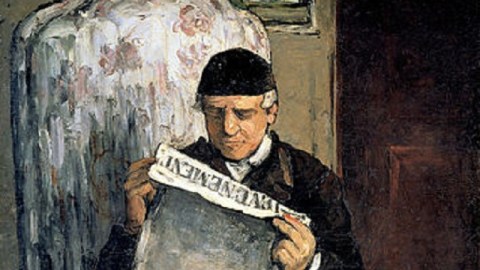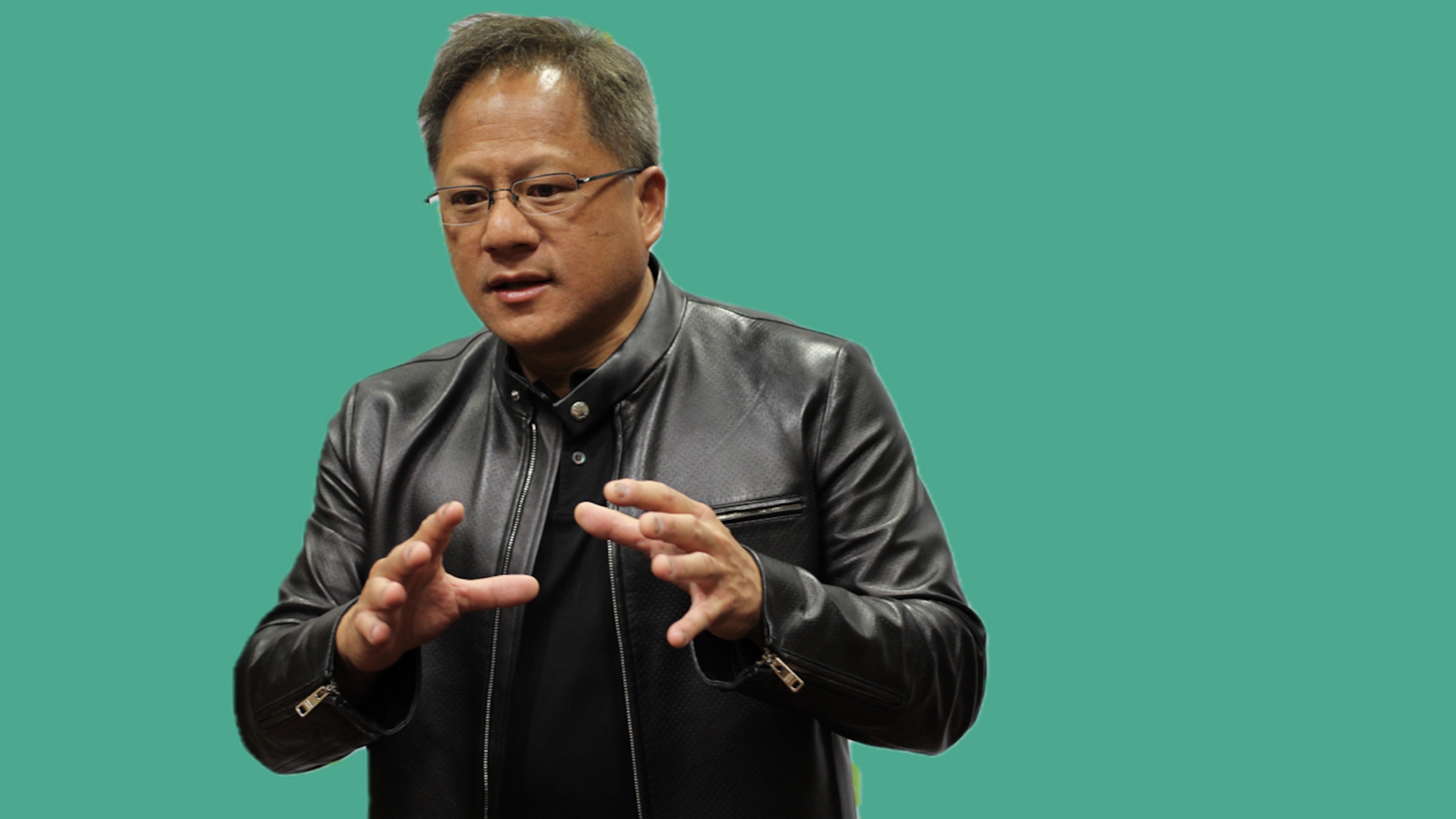Is This the Greatest Father’s Day Painting Ever?

Last month I asked if Whistler’s Mother is the greatest Mother’s Day painting ever, so it only seems fair to pose a similar question on Father’s Day. Although Mother’s Day evokes thoughts of flowers and flowery cards, Father’s Day brings to mind bad ties and power tools. While Mary Cassatt may be the ultimate artist of the ideal of motherhood, thinking of the chief image-maker for the ideal dad is a bit harder. Perhaps the ideal painting of the ideal dad exists somewhere, but I prefer a great painting of a real, less-than-ideal father.
Artist fathers proliferate throughout art history. Tintoretto’s greatest pupil was his daughter Marietta, who would assist her father on painting projects dressed as a boy until she turned 16. Alas, only Marietta’s reputation (but no works ascribed to her) survives. Some suspect that Tintoretto’s late period of renewed skill and verve can actually be credited to his daughter’s talents. Charles Willson Peale raised a brood of painters, all named for Old Masters: Raphaelle, Rembrandt, and Rubens. (He also named a daughter after his female contemporary painter Angelica Kauffman.) Alexander Calder of the mobile and stabile learned sculpture from his father, Alexander Stirling Calder, and his grandfather, Alexander Milne Calder. If you look from a certain spot in the Philadelphia Museum of Art, you can see works by all three generations of Alexanders in a row. Similarly, N.C. Wyeth, Andrew Wyeth, and Jamie Wyeth comprise three generations of American painting stretching across more than a century.
Of all the things that I love about Renoir, perhaps the one that has increased as I’ve aged is how great he was at painting his own children, including future actor Pierre and future actor and filmmaker Jean. As I’ve written previously, the Late Renoirexhibition at the Philadelphia Museum of Art in 2010 really impressed this side of the artist on me. Renoir’s famous for his voluptuous nudes, but it’s the warmth and humor of these portraits of his sons that stays with me whenever I see his art. Renoir had his children later in life, so I see him appreciating them more with the knowledge that his time with them could be short.
As great as those portraits by Renoir are, however, I really want to talk about a son’s portrait of a father rather than a father’s portraits of his sons. Paul Cézanne’s 1866 Portrait of the Artist’s Father (detail shown above) may not be the greatest Father’s Day painting, but it’s my favorite Father’s Day painting for several reasons. Paul’s father, Louis-Auguste, cofounded a banking firm that made his family rich. Although Cézanne was allowed to study art, his father pushed Paul into studying law. In 1861, however, Paul broke with his father and became a full-time artist. Although Louis-Auguste failed to understand Paul’s art, he eventually reconciled with his son and provided the financial support that allowed Paul to pursue his ground-breaking style.
By 1866, Louis-Auguste agreed to sit for a portrait—no small commitment given Paul’s slow painting style, which was better suited to inanimate objects such as fruit and mountains. One look at any portrait of Paul’s wife—dour and unsmiling—and you can feel the pain of anyone enduring the marathon sessions required. At some point, a bored Louis-Auguste picked up a newspaper and began to read. Resigned to his father’s impatience, Paul painted the newspaper in, but with one mischievous difference. Instead of his father’s preferred conservative paper, Paul put the more radical L’Événement in his hands. So, a paper Louis-Auguste wouldn’t be caught dead reading now rests in his hands for all eternity for all the world to see. I imagine Louis-Auguste seeing the final portrait, noticing the switch, and sighing the sigh all fathers sigh at the sight of their child poking fun at them, right before they smile with the knowledge that their child has found their own way in the world. For capturing all those tiny moments of fatherhood in one portrait, I’ll take Cézanne’s portrait of his bristly, but loving father any day. Happy Father’s Day!
[Image:Paul Cézanne. Portrait of the Artist’s Father, 1866.]





